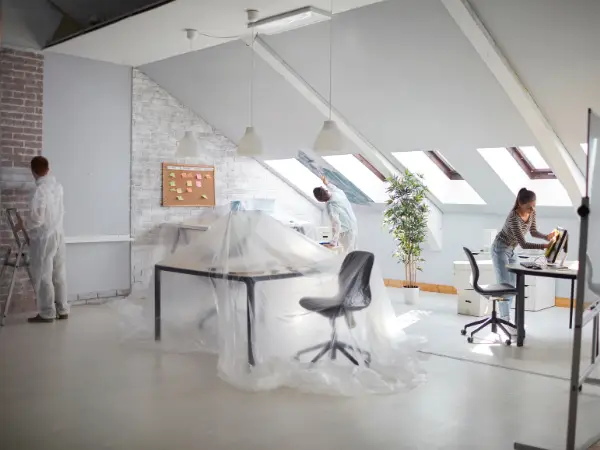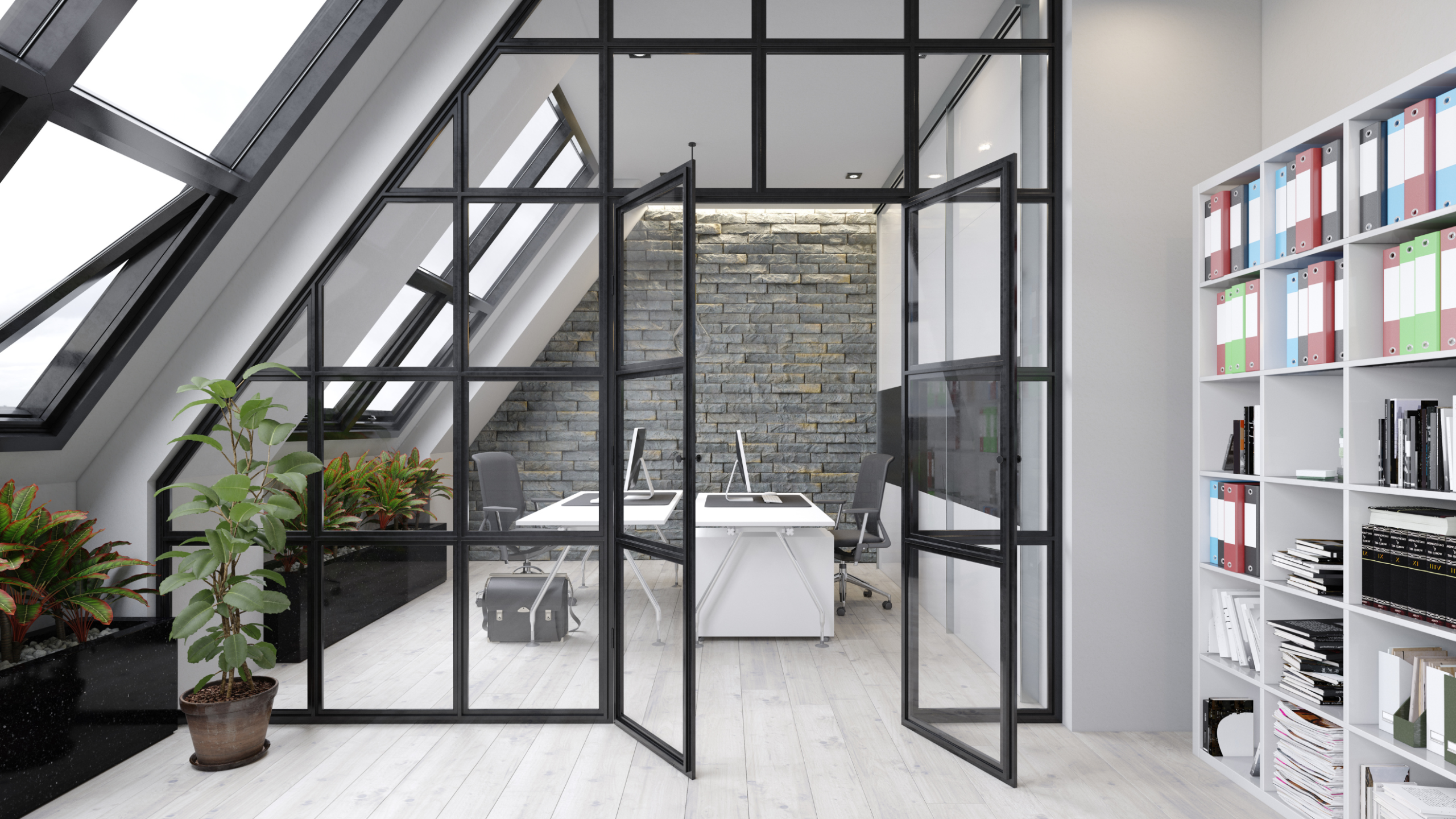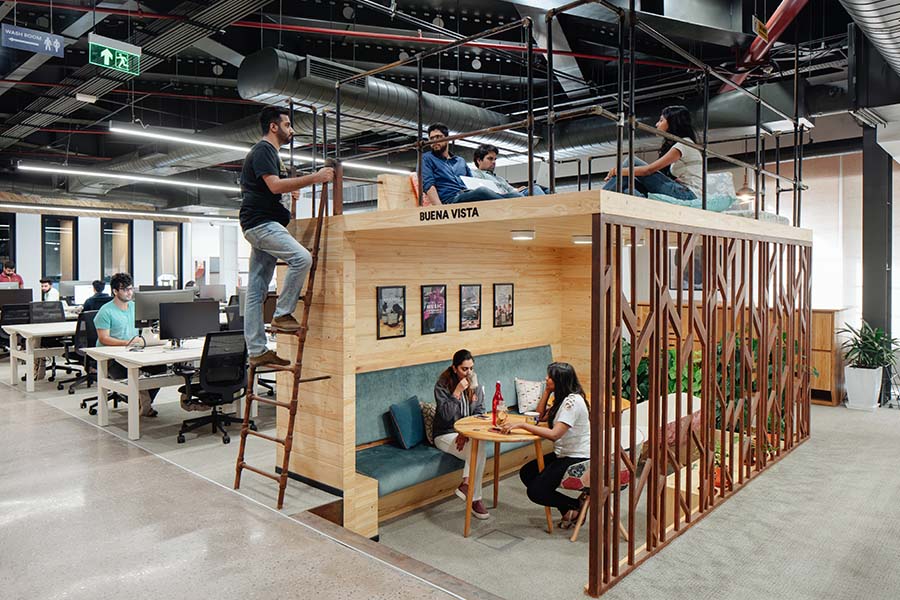Why Space Planning Matters: Office Space Planning
Planning your office layout before you start building or renovating is essential. It helps you use your space efficiently, control costs, and create a productive work environment. Without a clear plan, you risk wasting space, overspending, and disrupting your operations later.
This checklist will guide you through each step of the space planning process. Use it to plan your new office layout or to reconfigure your existing workspace.
Step 1: Assess Your Current Space
Before you plan your new office layout, understand how your current space works. This will help you identify what to keep, change, or remove.
Create a list of the following:
Total usable space in square metres
Number of workstations currently in use
Current layout (open plan, cellular offices, hybrid)
Storage areas, meeting rooms, kitchen, and break areas
Circulation space (walkways, shared zones)
Unused or underused areas
Track how each space is used throughout the day. Look for bottlenecks, unused corners, or overcrowded zones. This helps you see where you can improve.
Step 2: Understand Your Business Needs
Your space must support your operations. Plan for both your current and future needs.
List the following:
Number of employees currently
Planned headcount growth over the next 3–5 years
Departments and how they work together
Level of collaboration or quiet work needed
Type of client interactions (meetings, presentations, walk-ins)
Storage and equipment requirements
Accessibility and safety requirements
This step ensures you design a layout that works for your business long-term and avoids costly reconfigurations later.
Step 3: Plan Your Budget
Setting a clear budget helps you make practical decisions. Costs depend on layout changes, furniture, and finishes.
Include these budget items:
Design and space planning fees
Demolition or strip-out work
Construction of new walls or partitions
Electrical and data installation
Air conditioning and ventilation
Furniture and joinery
Painting and finishing
Contingency allowance
Having a set budget helps you brief contractors clearly and compare quotes fairly.
Step 4: Define Your Ideal Layout
Your layout affects productivity and communication. Decide on a structure that fits your business model.
Main layout types to consider:
Open plan: Maximises space use and encourages collaboration.
Cellular offices: Provides privacy and reduces noise for focused work.
Activity-based zones: Combines quiet zones, collaborative areas, and breakout spaces.
Hybrid layout: Mix of open plan and private offices.
Sketch out where each department and function will go. Plan for logical adjacencies — for example, placing collaborative teams close to each other and keeping noisy areas away from quiet workspaces.
Step 5: Plan Space Allowances
Use standard space guidelines to calculate how much area each function needs. This helps prevent overcrowding and ensures comfort.
Typical space allowances:
Workstation: 5–7 m² per person
Private office: 10–15 m²
Meeting room (6 people): 12–15 m²
Boardroom (12 people): 25–30 m²
Reception: 10–15 m²
Kitchenette: 10–12 m²
Breakout area: 1–2 m² per person
Storage/filing: 0.5–1 m² per person
Circulation space: 25–30% of total area
Apply these figures to your total space to see how many people and functions can fit comfortably.
Step 6: Consider Building Infrastructure
Your building’s structure and services will influence your layout. Check:
Position of windows and natural light
Ceiling heights and structural beams
Location of columns and load-bearing walls
Existing electrical and data points
Plumbing locations
Air conditioning and ventilation systems
Emergency exits and fire safety routes
Working with your existing infrastructure saves costs and speeds up construction. Relocating major services can be expensive.
Step 7: Plan for Technology and Data
Modern offices rely on reliable technology. Integrate IT early in your planning to avoid delays.
Consider:
Location of data racks and server rooms
Number and position of data points
Wi-Fi coverage
Power and charging points
Audio-visual systems for meeting rooms
Security and access control systems
Involve your IT provider early to make sure your new layout supports your tech needs.
Step 8: Plan Lighting and Acoustics
Good lighting and sound control improve productivity. Poor planning in these areas causes distractions and discomfort.
Lighting checklist:
Maximise natural light
Add task lighting for workstations
Use energy-efficient fittings
Avoid glare on screens
Acoustic checklist:
Place noisy areas away from quiet zones
Use acoustic panels or partitions
Add soft furnishings to reduce noise
Install acoustic ceilings if needed
Step 9: Plan for Storage
Storage is often overlooked. Plan it early to avoid cluttered spaces.
Include:
Centralised storage rooms
Department-specific storage
Personal storage lockers or pedestals
Secure storage for valuable equipment
Digital storage to reduce paper filing
Plan storage close to where it will be used. This keeps operations efficient.
Step 10: Plan for Common and Client Areas
Shared spaces create flow and support collaboration. Plan them as part of your layout, not as leftover space.
Consider:
Reception area with seating
Meeting rooms of different sizes
Informal breakout areas
Kitchen or canteen
Bathrooms
Outdoor areas if available
Design these areas to support both staff and client needs.
Step 11: Allow for Flexibility
Your business will change over time. Design your space to adapt without major disruption.
Ways to add flexibility:
Use modular furniture
Choose demountable partitions
Plan open zones that can change use
Add spare data and power points
Leave room for future expansion
Flexible design reduces long-term costs and downtime.
Step 12: Understand Compliance and Approvals in Cape Town
Your layout must meet local regulations. Make sure your design complies with:
City of Cape Town building regulations
Fire safety codes (exits, sprinklers, extinguishers)
Health and safety standards
Accessibility requirements (ramps, disabled bathrooms)
Occupancy density regulations
Get professional advice if you are unsure. Non-compliance can delay your move-in and add unexpected costs.
Step 13: Get Multiple Quotes
Once your layout is final, get prices from contractors. Always get at least three independent quotes. This gives you a clear view of market rates and helps you avoid overpaying.
When comparing quotes:
Check that they include the same scope
Ask for itemised pricing
Confirm timelines and availability
Review contractor references
Clarify exclusions
Using a company like Cape Interiors can save you time. We source and vet independent contractors for you and provide up to three competitive quotes tailored to your project.
Step 14: Plan the Move or Renovation Timeline
Office moves and renovations can disrupt operations. A clear timeline reduces downtime.
Include:
Design and planning time
Council approvals
Demolition and strip-out
Construction and fit-out
Furniture delivery
IT and systems setup
Snagging and handover
Allow buffer time for delays. Communicate timelines clearly to your team.
Step 15: Prepare Your Staff
Staff buy-in is important. Communicate early and keep them informed.
Steps to manage the transition:
Explain why the move or renovation is happening
Share timelines and milestones
Give staff input on layouts where possible
Plan temporary workspaces if needed
Provide training on new systems or equipment
This reduces stress and keeps productivity steady during the transition.
Office Space Planning
Final Checks Before You Start
Before starting construction or moving:
Approvals are in place
Contractors are appointed
Quotes are signed off
Budgets are confirmed
IT and equipment are ordered
Staff are briefed
Move plan is ready
Having these checks complete prevents last-minute delays.
OFFICE SPACE PLANNING SERVICES
How This Checklist Helps You
Using this checklist will help you:
Use your space efficiently
Avoid unnecessary costs
Reduce project delays
Support your operations
Plan for future growth






